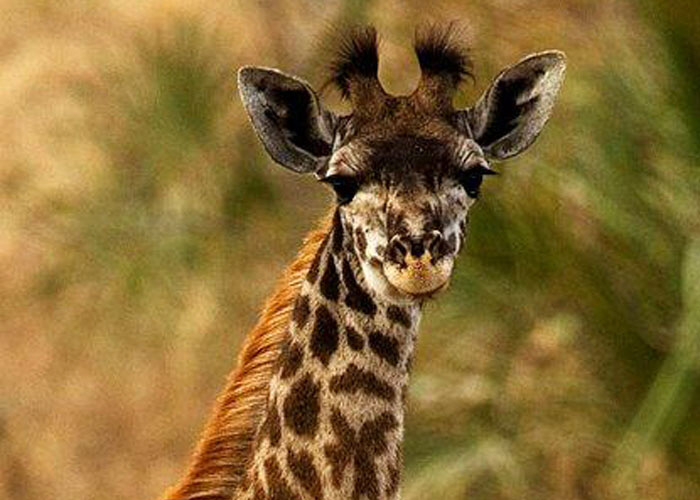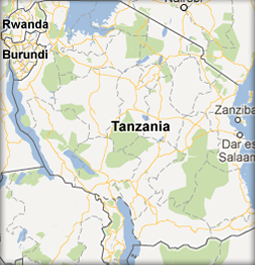
Mikumi National Park is the fourth largest park in Tanzania covering an area of 3,230 sq kms (1,225 sq miles). It lies to the west of Dar es Salaam and is easily accessed from the city being on the main Mororgoro and Iringa road and is an easy 4 hour drive from Dar es Salaam. The main road runs through the park.
Located between the Uluguru Mountains and the Lumango range, Mikumi National Park has a wide variety of wildlife that is easy to spot and well acclimatised to game viewing. Its proximity to Dar es Salaam and the amount of wildlife that live within its borders makes Mikumi National Park a popular option for weekend visitors from the city, or for business visitors who don’t have long to spend on an extended safari itinerary.
The road continues to Ruaha National Park, another great park in Tanzania.
Mikumi is stunning in the early morning and late afternoons when its panoramic views are enhanced by the light and its wildlife is at its most active. Game drives around the Kisingura Circuit, Hippo Pools and Vuma Hill are among the most rewarding.
The open horizons and abundant wildlife of the Mkata Floodplain, the most visited part of the park, draws frequent comparisons to the more famous Serengeti plains. Criss crossed by a good circuit of roads, the Mkata Floodplain is perhaps the most reliable place in Tanzania for eland, the worlds largest antelope. Greater kudu and sable antelope live in the miombo (mostly brachystegia trees) covered foothills of the mountains that border the parks.
Other trees that occur in the park and are not to be missed are the giant Baobabs especially one in the south of the park which is considered to be the largest in the area. Hyphaene and Borassus palms are dotted through the park and along the water courses. Mikumi is the Swahili word for the borassus palm. Look for the sclerocarya whose fruit is favoured by elephant.
Lions, giraffe, zebra, impala and huge buffalo herds live on the open grass plains, the woodlands and rocky outcrops. Mikumi is also known for the ebony trees (used to make woodwind instruments such as clarinets) which grow in abundance.
During the dry season the best wildlife viewing is around the waterholes not only for the herbivores but also their predators – lions and leopards.
It addition to the animals Mikumi over 300 species of birds have been recorded in the park. Eurasion migrants flock to the park from October to April to join the park’s resident inhabitants.
For the past decade Anglia University together with the Darwin trust have been doing research on the olive baboons while updating records on the other animals and vegetation of this park.
The best time to visit is during the dry season from June to February. The short rains in November and December can make travel in the park difficult. Though the grass is long in June and July it is not considered a deterrent.




